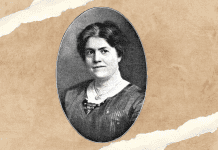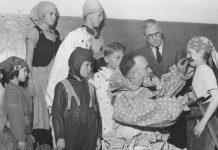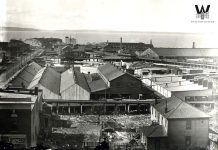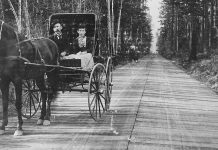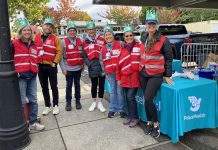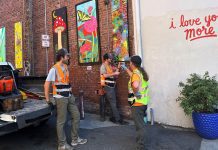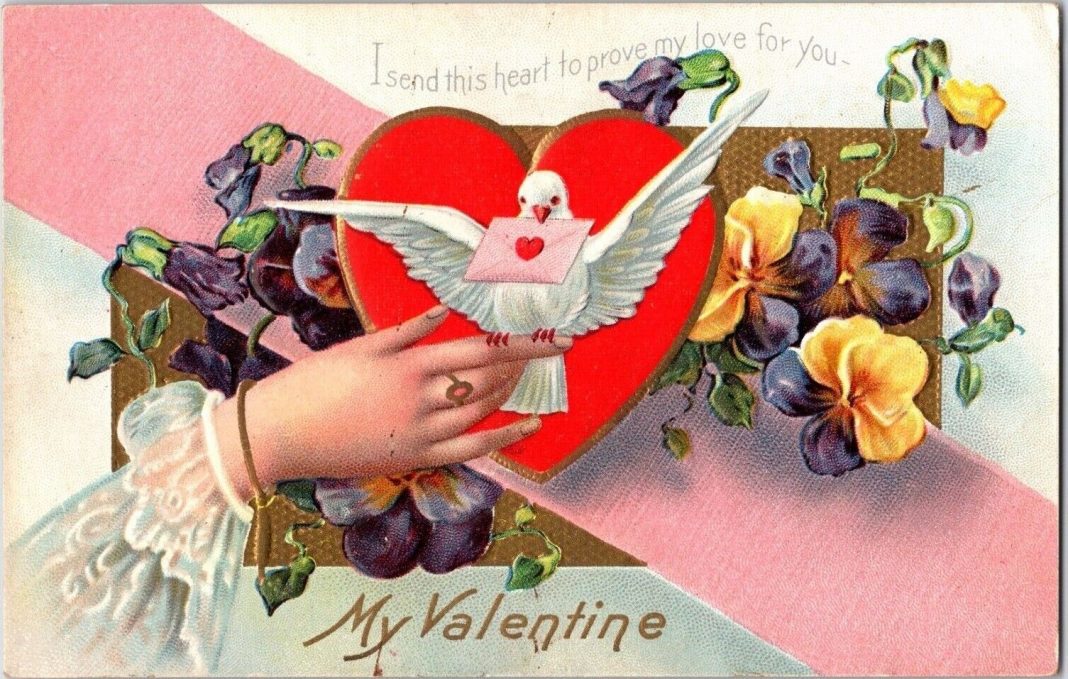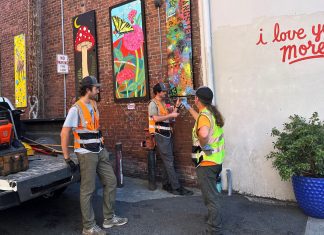Valentine’s Day has long been honored as a special holiday to celebrate love, friendship, and family. At the turn of the century, it was a popular holiday among people in Bellingham.
History
Valentine’s Day has a long history. February 14 was (and is) the Feast of Saint Valentine, a Catholic priest martyred by the Romans around 270 A.D. During the Middle Ages the day became a holiday to celebrate love and romance. By the turn of the century, the holiday had become quite popular in the United States and was celebrated much the same way it is today.
Sending Valentines
The most popular way to show love was to send “valentines” or special cards and messages. These included postcards and printed and handmade messages in the shape of hearts with drawn or glued-on symbols such as cupids, doves, and arrows.
“Valentines and Valentine parties are the order of the hour today in Bellingham,” the Bellingham Herald wrote in 1917, “and everywhere else in the country…millions of men, women and children are celebrating it, most of them sending Valentines with love, best wishes and jests. In Bellingham hundreds of them are being received today. A few are handsome handiwork, costing from 50 cents to $1 or more each, but the majority do not cost more than a nickel. This year those conveying good wishes are far more common in window displays than those with unfriendly jests…”
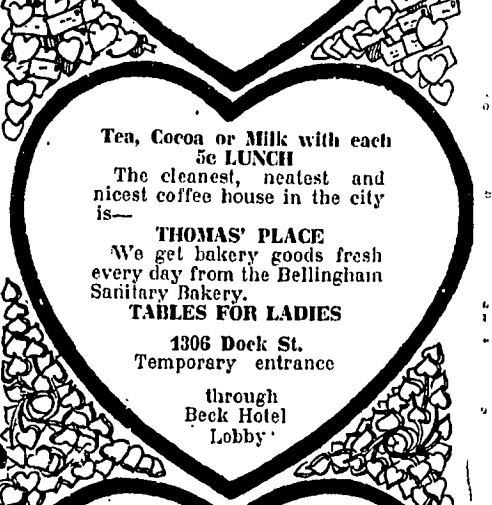
Buying Gifts
While the holiday was not yet overwhelmingly commercial, stores did try to attract people to buy gifts for loved ones. Candy — especially chocolate — was a popular gift.
“Nothing more appreciative than a candy Valentine” wrote the Palmetto store on a page of Valentine’s Day advertisements in the Bellingham Herald on February 13, 1912. Smaby’s added that their candy sold for sixty-five cents a pound, packaged in “fancy” Valentine boxes. Dining out was not yet popular but couples were promised the “best service and meals in the city” at Cafe Richelieu. And for the practical there were other options. “Give yourself a Valentine,” advised the B.B. Ice & Fuel Company. “Order a load of coal or wood and keep yourself warm.”
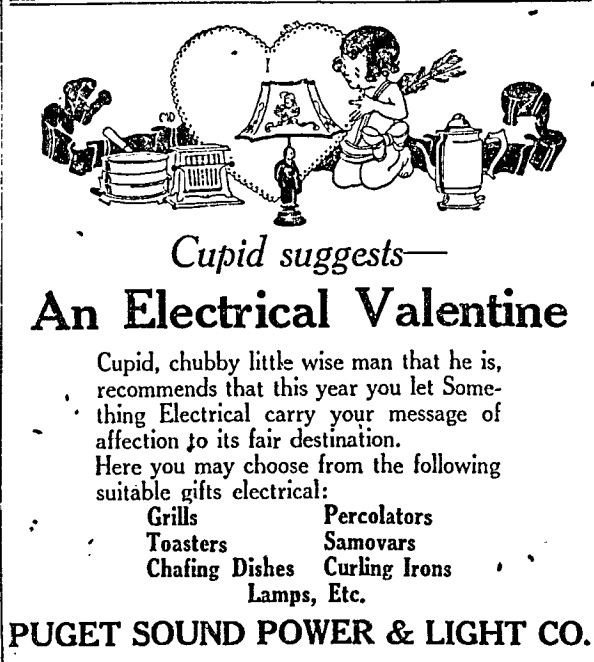
Valentine Socials
Valentine’s Day was the “ideal season for entertaining” the Bellingham Herald wrote in 1916. The most common way people celebrated the holiday with loved ones and friends was with “socials” or parties. Clubs, fraternal societies, churches, and friends gathered together. Some of the club gatherings tried to add a touch of culture to their events. The Belles Lettres Society of the Bay City Business College, for example, held a musical and literary Valentine program in 1905. These events were also open to the public. In 1916, the Scandinavian Sisterhood of America at their Valentine’s Day Fair combined a dancing party with a musical program at the Eagles Hall.
Many churches also held socials. The Ladies Aid Society of the Knox Presbyterian Church, for example, used a Valentine social as a fundraiser in 1920. They held a musical program and served refreshments. Guests were invited to bring Valentines to share.
Dances were another popular way to celebrate the holiday. The nurses of St. Luke’s Hospital held an annual ball during this time. In 1916, more than 200 people gathered at Central Hall. The walls were decorated with red paper hearts and red and green paper streamers dangled from the ceiling.
Other groups organized basket socials. At a basket social, single women would pack lunch baskets, which would be raffled off. A participating woman would eat lunch with the single young man who had bought her basket. The Daughters of Veterans held a box social in 1915 at the Odd Fellows’ Hall, with a program of music and readings.
Valentine’s Day Hosting
People also held their own parties. In 1915, young people attended a dance at the home of Mr. and Mrs. A.W. Knight. They were greeted at the door by two young girls dressed as Valentines before being ushered into a hall decorated with strings of hearts from the ceiling. Lights were covered in red paper to look like glowing hearts. Girls dressed as Valentines served punch and there were two “favor dances,” matching girls and boys with a serpentine ribbon or hearts with the girls’ names written on them.
Hortense Brown was also creative. In 1920, she made a “big Valentine pie, with red ribbons running from it to the plate of each guest, centered on the luncheon table, where refreshments were served. Later the pie was opened, and each guest found a pretty gift at the end of her ribbon.”
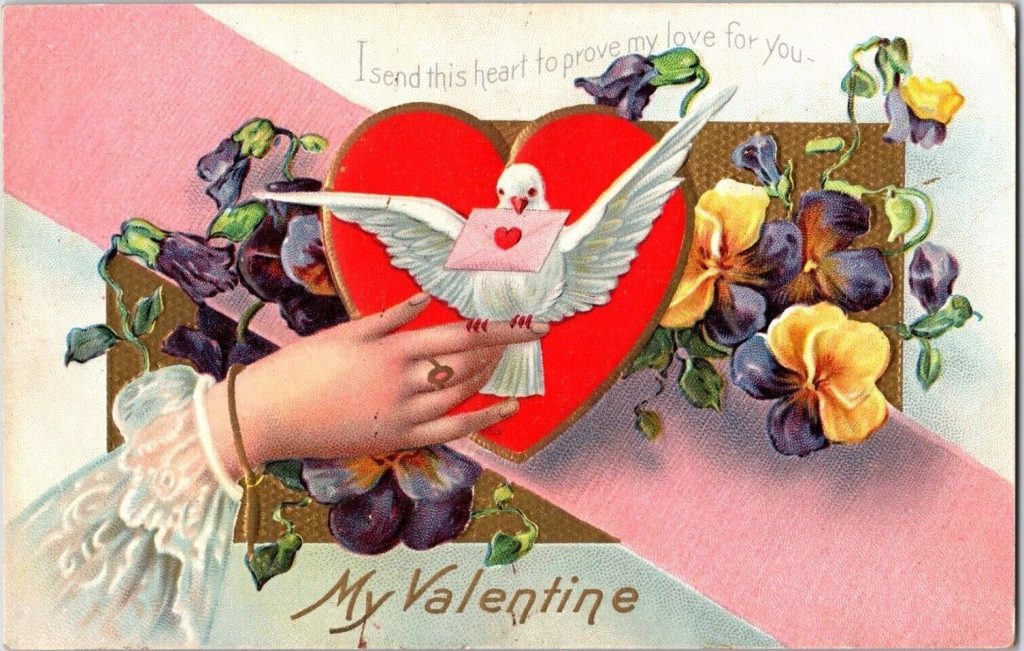
Party ideas
Those searching for party ideas need look no further than the Bellingham Herald. In an article from the February 13, 1911, issue a correspondent suggested making a “somewhat novel centerpiece” with a “doll dressed as Cupid and carrying a big floral umbrella to escape a shower of valentines that fall upon it from the chandelier and lie heaped on the cloth around Cupid’s feet. These valentines are hung by very light wire, so thin as to be almost invisible. All are addressed and at the end of the meal are claimed by the guests as favors for the evening.”
Legacy
By the turn of the 20th century, people were celebrating Valentine traditions that will ring as very familiar today. Times change, but an early 1900s Bellingham Valentine’s Day would not seem so strange to us today after all.






